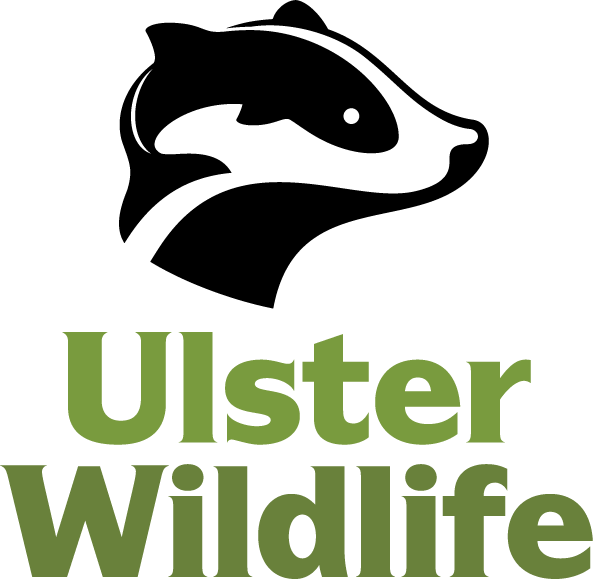The report highlights the urgent need for greater investment in protected sites for nature, a stronger focus on new agri-environment schemes as a key delivery tool, and improved monitoring, enforcement and landowner support.
Protected sites are legally designated for their conservation value and include Special Protection Areas (SPAs), Special Areas of Conservation (SACs), and Areas of Special Scientific Interest (ASSIs). These vital strongholds for nature include special areas such as Strangford Lough, Lough Neagh and Magilligan.
Dr Peter McEvoy, Ulster Wildlife’s Director of Land Management, says:
"Protected sites are the last strongholds for nature in Northern Ireland. With the right support and management, they can act as central hubs to help bring nature back in the wider countryside, drive large-scale nature recovery and play a key role in achieving the ‘30by30’ targets. However, this will only be possible if all our sites are well-managed, connected and properly resourced.
“Strong, trusted relationships with landowners are essential — nature recovery must take a partnership approach. The OEP report should mark a turning point – while we need more designations, we must also ensure our existing sites are thriving through effective management and adequate funding.
“Ulster Wildlife has a strong track record of managing protecting sites through its suite of nature reserves and through its work with farmers and landowners. We urge the government to embed this farmer-NGO partnership approach in future agri-environment schemes. Without robust funding and trusted partnerships, nature recovery efforts will fall short.”
